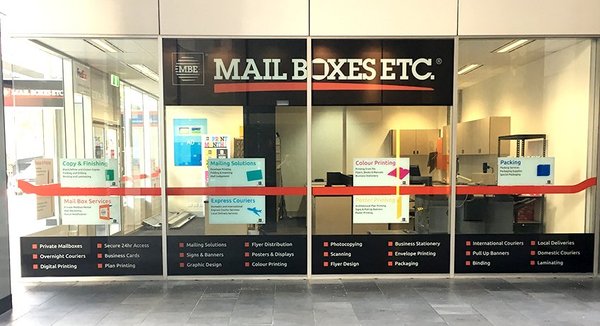
If you are a CEO today and you are not curious and inquisitive and trying to learn, then you may very easily lose the plot. The world is changing quickly. CEOs need to keep their finger on a number of different pulses.
Significantly it is not the CEOs from the big end of the town who are doing the learning. The CEOs of SMEs are the ones who are educating themselves. They want self-development because they want to build their businesses. For the operator of any printing business, constant learning is essential for staying ahead of the pack and building their own space in the market.
There is a 70:20:10 model to CEO learning: 70 per cent of their development comes from learning on the job, 20 per cent from feedback and working with other people and 10 per cent from formal courses.
It is a model that gives us the ten top educational ideas for CEOs.
So what are the options?
MBA: There are 86 different MBA courses offered around 47 business schools in Australia. Costs of doing an MBA vary from $75,000 at Melbourne Business School and $71,040 at the AGSM to $21,653 at the University of Newcastle and $17,940 at Central Queensland University. It is expensive and time consuming but CEOs who do it can learn all about key areas like marketing, corporate finance, accounting, business strategy and managing processes. Many say it is worth it.
Business post-graduate degrees: Offered by business schools around Australia, these are the alternatives to MBAs and unlike MBAs, they are tailored around the CEOs needs. CEOs can pick up degrees like a Master of Commerce, Master of Economics, Master of Finance, Master of Financial Analysis, Master of Accounting, and a Graduate Certificate in Marketing.
Short courses: This is the alternative for those who can’t hack the time and expense of doing an MBA. Organisations like the Australian Institute of Management, The CEO Institute, and various business schools offer courses that run for a few days. There are companies offering courses too. There are short courses in areas like applied project management, managing people effectively, finance for non-finance managers, executive coaching, becoming an effective leader, managing business in today’s environment and working with stakeholders. Some bosses might prefer these as they are tailored to specific needs and are short in time.
Coaching: This fits in with the 20 per cent rule. The coach is there to help the CEOs reflect on the problem and what needs to be done to address it. The coach helps them see what their initial mistakes might have been and how they successfully tackled the problem. With that knowledge, they would be better prepared for next time.
Use of specialists: Specialists can come from anywhere. Human resources experts can teach CEOs how to manage people and how to listen. Sales people can also teach them how to listen. Media and public relations people can skill them up in media and presentation abilities. Indeed, specialists can be brought in to work not only with the CEO but, if necessary, the entire organisation.
Journal Keeping: This is all part of learning on the job. With every challenge, CEOs should keep a journal. They write what they learnt so they remember it for next time.
Comment below to have your say on this story.
If you have a news story or tip-off, get in touch at editorial@sprinter.com.au.
Sign up to the Sprinter newsletter


